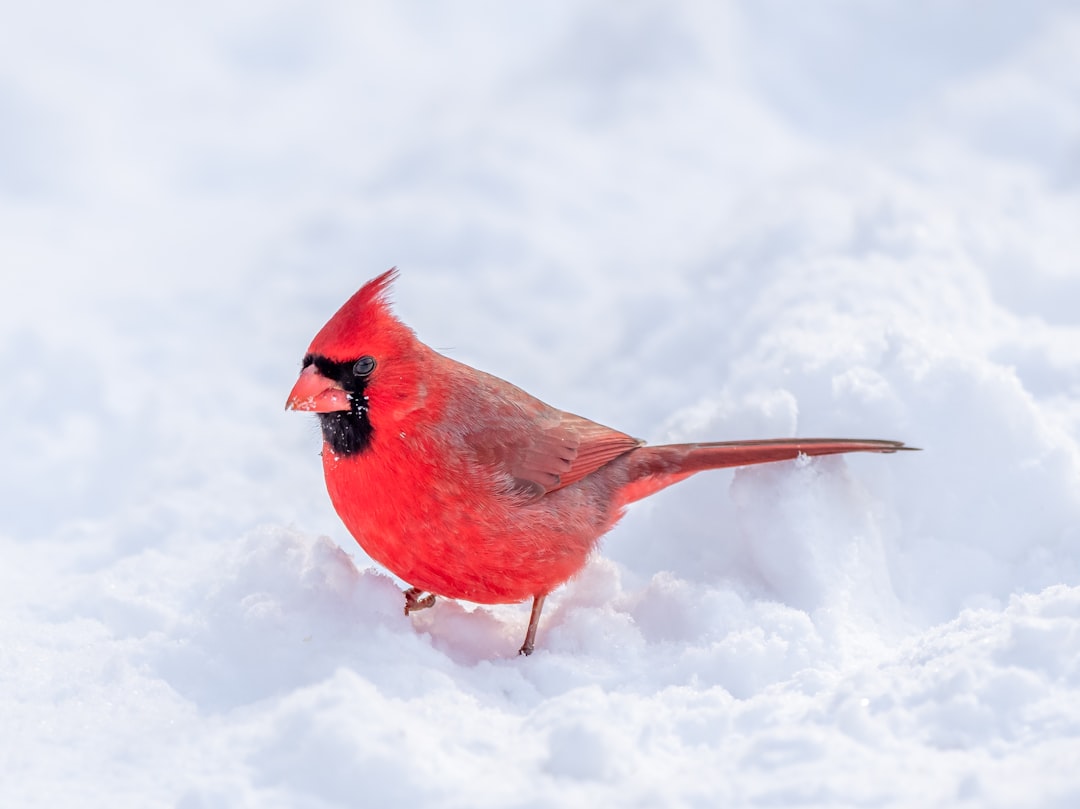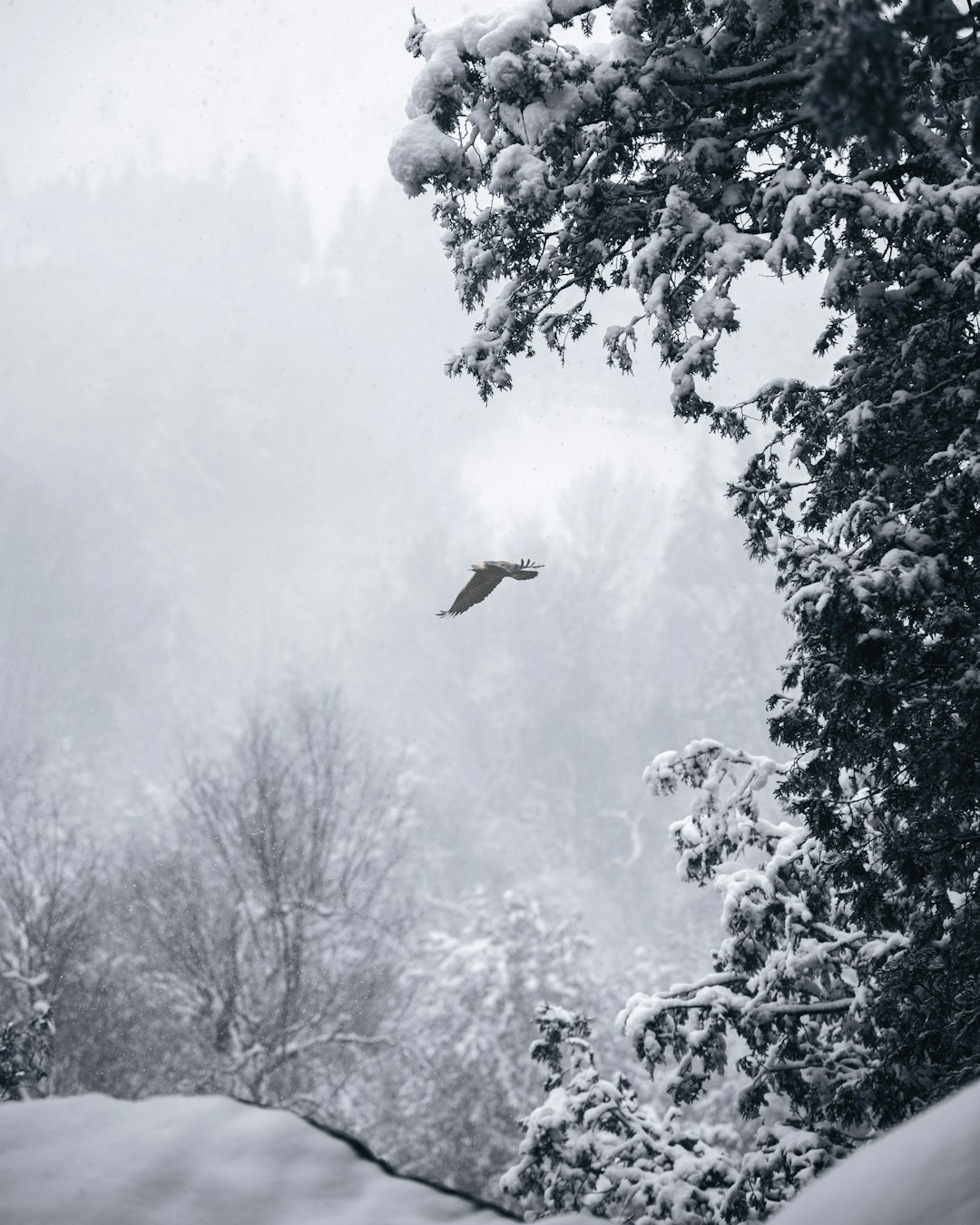Where Have All The Winter Birds Gone?
Citizen science project documents decline in populations; you can help, too
BAR HARBOR—In the past 51 years, the number of birds on MDI and the Schoodic Peninsula have decreased by 43%.
The birds have been counted on Christmas, beginning in 1971, and a study published in Northeastern Naturalist shows a drastic reduction that matches rates across North America.
A co-author of the study is the president of the Schoodic Institute, Nick Fisichelli, and the study’s abstract states,
“We found a 43% reduction in the total number of birds over the 51-year study, with 42 species exhibiting declines, and 33 species showing increasing abundance. The annual number of species observed has declined by over 7%; however, the cumulative species in the full dataset continues to increase as newly observed species are added in most years. Our study complements many other studies from Acadia documenting ongoing changes in the physical environment and coastal biota. Conservation and management actions take place at the local level (e.g., Acadia National Park), and local resource data and trends are critical to synthesize and share for effective decision making.”
The bird population is changing. More southern birds are showing up in Acadia National Park.
“Birds are messengers of rapid environmental change, in this case reflecting changes in one of the most-visited national parks in the U.S.,” Schoodic Institute Data Analyst Kyle Lima, who led the study, said in a press release. “We must pay attention to these changes and work intentionally with nature to adapt.”
Lima is not alone in that belief. According to the Environmental Science’s Jacob Hill,
“One of the most useful things that birds can indicate is overall habitat quality. When birds are dependent on the habitat functioning in specific ways, the population trends of birds can tell us about how well the ecosystem functions. For example, numbers of wading birds nesting in the Everglades are dependent on prey availability. The construction of canals and levees to alter the flow of water in the Everglades in the 1950s severely degraded the ecosystem. This led to less prey availability, which caused massive declines in the annual number of wading birds nesting in the Everglades.2 These declines began before anyone realized that significant damage had been done to the Everglades ecosystem by human activities and wading birds responded well before any other animals. The sensitivity of these birds to proper ecosystem functioning makes them valuable indicators of habitat quality.”
Birds are also believed to be an indicator of pollution (e.g. DDT and Rachel Carlson’s Silent Spring), biodiversity and disease.
There are more peregrine falcon sightings and more northern cardinals. There are less American tree sparrows, blue jays and boreal chickadees.
According to the release, “Initiated in 1900 as an alternative to the traditional “side hunt,” the Christmas Bird Count engages volunteers in observing as many birds as possible during 24 hours at established count locations. The purpose is to gain an understanding of the birds that live in an area during the winter. In the Acadia National Park area, citizen scientists have been participating in the count since 1933. However, the surveys encompassing both Mount Desert Island and Schoodic Peninsula were not consistent and consecutive until 1971.”
“This work would not have been possible without Bill, Michael Good, and other count compilers who led the efforts, and the more than 50 community volunteers. Together, they have spent numerous hours out in frigid temperatures counting birds in the middle of winter,” said Schoodic Institute bird ecology director Seth Benz. “This long-term effort has required a long-term commitment, but without it we would not be able to know that winter bird populations have shown alarming decreases.”

Good will be presenting on Birds of Acadia National Park and Mount Desert Island this Thursday, January 5 at the Jesup Memorial Library at 7 p.m.
One of his most recently publications can be found in “Bird Observer: New England Birding Journal”, Volume 50, #3. The Bird Observer’s mission is to support and promote the observation, understanding, and conversation of the wild birds of New England.
Those observations are part of how studies like this one can show trends in bird populations.
According to the Schoodic Institute, “the Christmas Bird Count shows importance of both long-term monitoring and public participation in science. The changes documented in this current study align with other research showing shifts in plant and animal populations in the Acadia region, such as the Landscape of Change project, which found a changing diversity of birds and insects over the last 140 years. These studies are made possible by Acadia’s long legacy of volunteers contributing knowledge of the changing world.”

MORE INFORMATION
Good is an ornithologist/biologist/naturalist and the founder of Maine’s first Acadia Birding Festival. As a Registered Maine Guide, Michael has been guiding professionally for many years through his company Down East Nature Tours, LLC which focuses on avian ecology in the Gulf of Maine bioregion.
The 123rd Audubon Christmas Bird Count is happening nationwide through January 5, 2023. Find a count near you and get involved today at audubon.org.







